




Mother's Day at the station was overcast, breezy and sharply cooler. Indeed, it was 56 degrees when I furled the last nets about 1330, fifteen degrees cooler than the predawn temperature yesterday. The nets were damp when opened at 0530 and remained so throughout most of the morning making extractions about the toes difficult. We managed 39 new birds and 7 recaps for the day.
Catbirds outnumbered Common Yellowthroats eleven to ten. Magnolia Warblers held on for place with four new. Counting recaps, our species total was fifteen, including eight warbler species, Veery and Indigo Bunting. The final few net runs of the day were worth freezing for.
As we began banding the 1000 net run, Sheila, CVWO's now-accomplished extractor, calmly announced to me that there was a new species in one of the bags from net A7. She was not certain of the identification. The run had yielded a dozen or so birds and we were hanging the bird bags from a pole under the banding table to keep them comfortable and out of the NE wind. Thus, we did not search through the bags for those from A7.
As it happened, the A7 bags were two in number and they had been placed on the pole first. Therefore they were the last to come off the pole. Sheila is an accomplished birder. As she was writing down the data pertaining to the other birds I was banding (that is called "scribing"), she managed furtive looks at the fine, color plates in the Peterson Warbler Guide. She had made a silent, private, tentative identification of her bird as I pulled it from the last bag of the run.
There is a simple difference between birding and banding birds. When birding you do not have to be certain of the identification of the species you are fortunate enough to see. One can be reasonably certain that one saw this species or that and announce it to the world. Unless it is a rare species or one outside of its usual geographic range, your identification will likely be accepted without further question.
When banding birds, which is a scientific undertaking, it is a cardinal rule that one must be certain of the identification of each bird before a band is placed upon its leg. Thus, when Sheila and I first gazed upon the drab warbler pictured above, neither of us was certain that it was a second-year, female, Cape May Warbler. We looked at the Peterson Warbler plates. Could be. We looked at the Sibley plate. Perhaps. Then we pulled out The Pyle Guide, measured the wing and tail of our mate, fussed about the rump and auricular patch and went through the description of a second-year female Cape May Warbler phrase by phrase while examining the bird in my hand. We also briefly considered whether the individual could be a second-year Myrtle Warbler as suggested by Pyle. Then I crimped a ring on the girl. Such moments make field ornithology a wonderful endeavor.
See if you agree with our identification as you review the first three images above.
A day's second first-of-season warbler arrived on the last net run, a second-year, female Yellow Warbler. Yellow Warblers had been heard about the station for the past two days, so it was very fine to net one. Now, if our nets could do the same for a certain cuckoo or two....
Peter
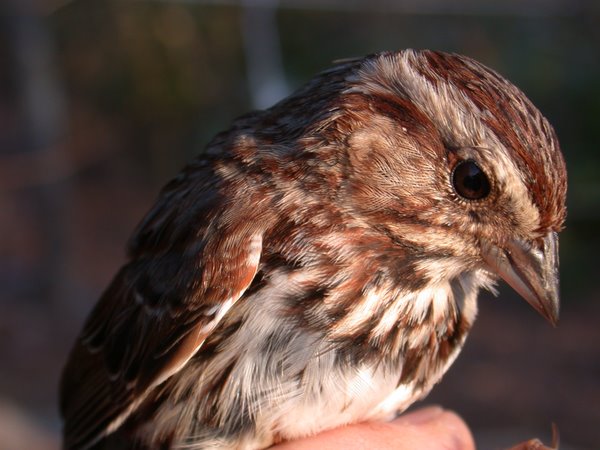
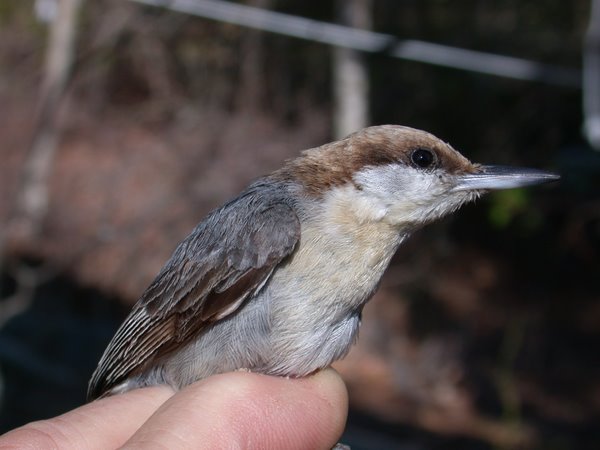
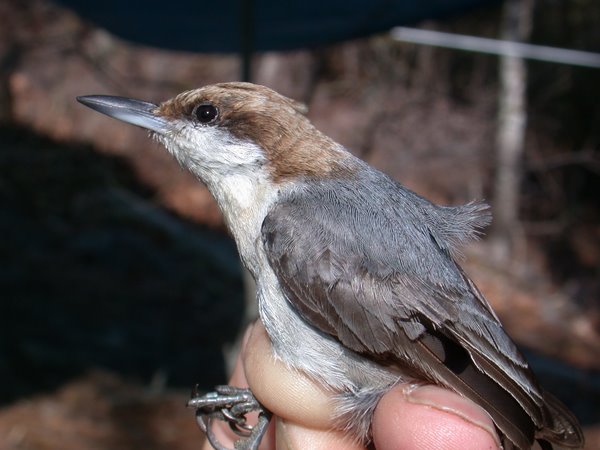
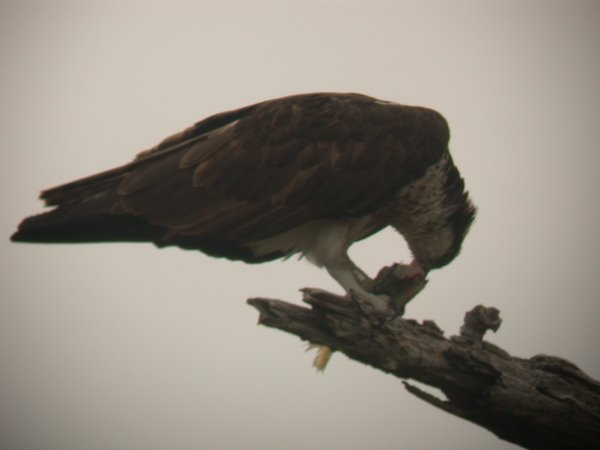


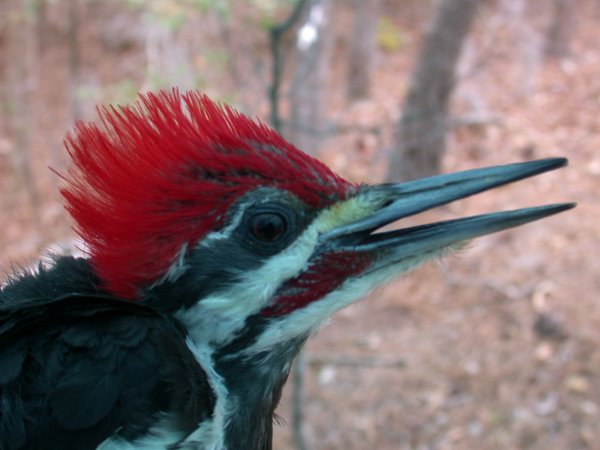
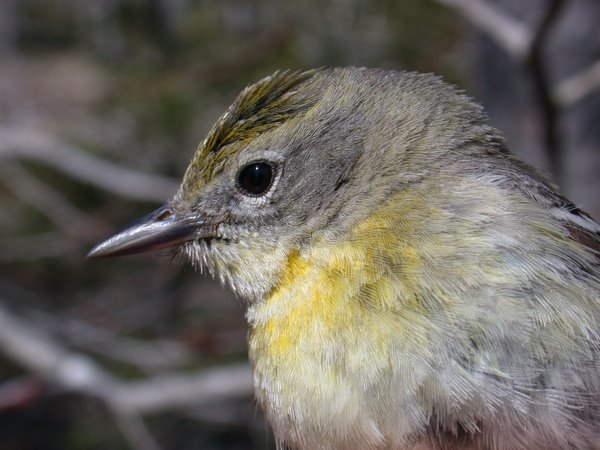
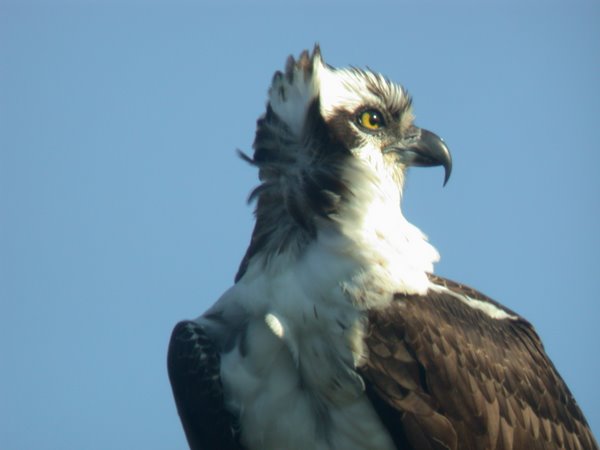
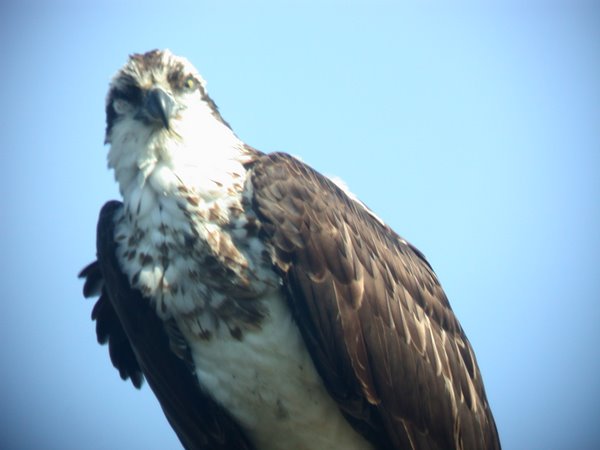
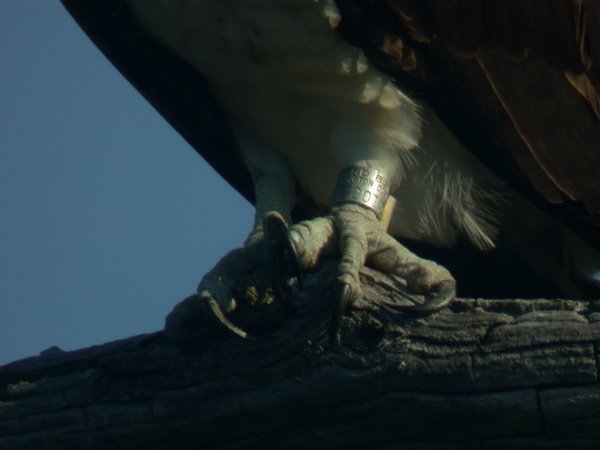
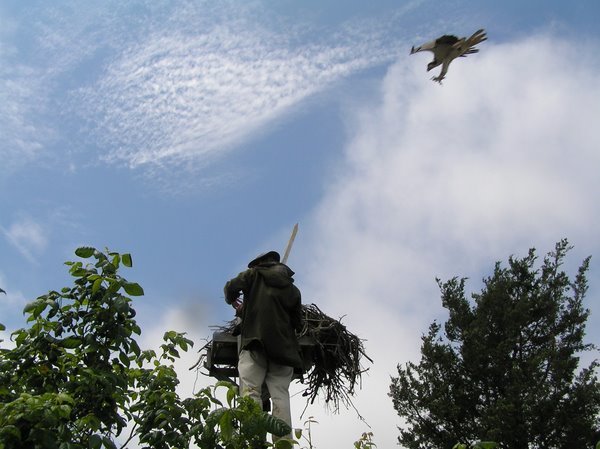

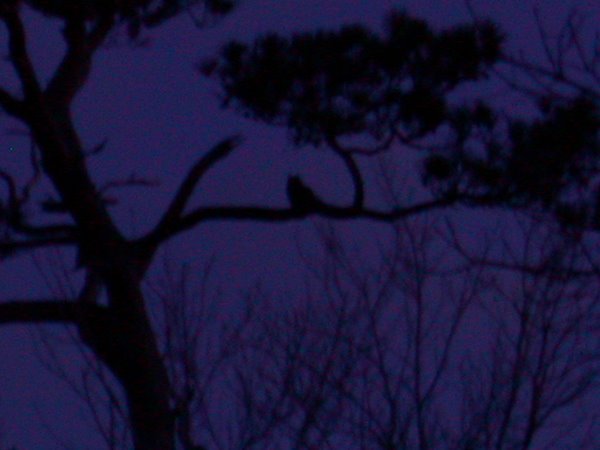



No comments:
Post a Comment